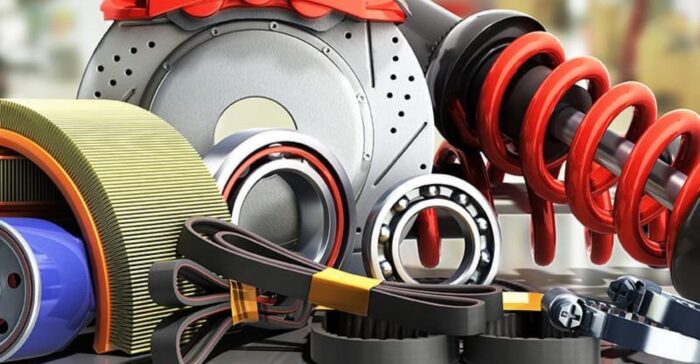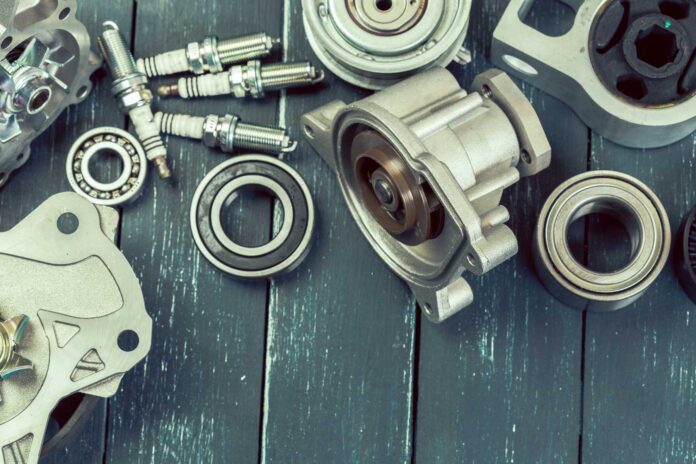
When your vehicle needs a part replacement, the choice often comes down to brand new or used parts. While the latter can save money and promote environmental sustainability, there’s a mix of myths and truths that surround the used auto parts industry.
Let’s debunk some of these misconceptions and shed light on what you really need to know before heading to a salvage yard or browsing online for that much-needed auto component.
1. The Quality Misconception
One common myth is that scrap yard car parts are of low quality. This is not necessarily true. Many used components come from cars that were either barely used before they were damaged or were still in good condition but had to be scrapped due to other issues. Engines, for example, can often run for hundreds of thousands of miles. If a car with a solid engine gets rear-ended and totaled, that engine can still serve reliably in another vehicle.
The key is knowing the origin and history of the part. Reputable salvage yards typically catalog where and how they acquired their products, and some even offer warranties. Therefore, it’s crucial to buy from trusted sources that can provide this background information.
2. Price vs. Value
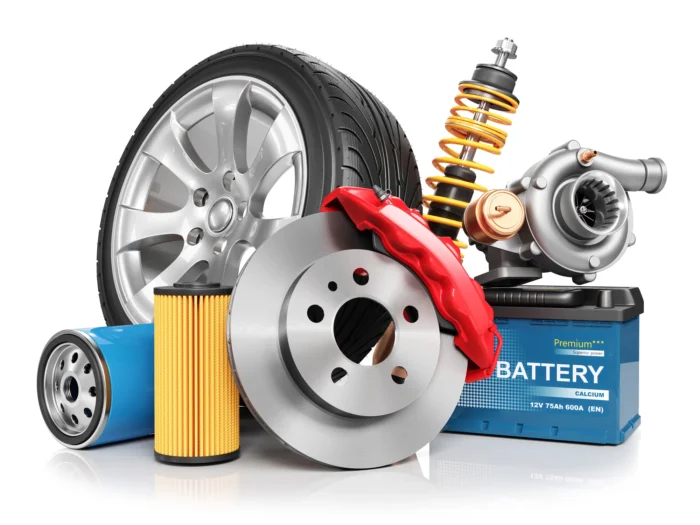
It’s often believed that used ones are always the cheaper option. While they generally cost less than new, this isn’t just about upfront savings. The true value of used units also includes factors like their lifespan and compatibility with your vehicle. A new part is likely to last longer, but it also depreciates the moment you leave the shop.
In contrast, a used part will usually not depreciate any further and can offer excellent value, especially if it comes with a warranty.
Moreover, for older cars or those out of production, used parts might be the only viable option as new parts become scarce or are no longer manufactured.
3. Environmental Impact
Choosing used auto components has a significantly positive environmental impact. By reusing them, we reduce the demand for new raw materials and energy used in manufacturing processes. Additionally, it decreases the amount of waste destined for landfills. Auto parts are not biodegradable, so using used parts helps lessen the environmental footprint of your automotive needs.
4. Legal Concerns

There’s a lingering notion that buying used ones could be legally risky. The truth is, that purchasing used auto components is completely legal. However, due diligence is necessary to ensure that the parts are not stolen. Always purchase from a licensed dealer or a well-established salvage yard. These businesses are typically regulated and will have systems in place to prevent the sale of illicit goods.
5. Installation Complexities
Some might tell you that used parts are harder to install. This isn’t entirely accurate. Whether a part is new or used, the installation process depends on the specific part and the vehicle. However, it’s essential to ensure that the used part matches your vehicle’s specifications. A mismatched part, whether new or used, can lead to serious mechanical problems.
Moreover, some modern vehicles come equipped with systems that can make replacing parts with non-original components more complicated due to software and hardware compatibility issues. Always consult with a professional mechanic to ensure the part is compatible with your vehicle’s system.
6. Variety and Availability
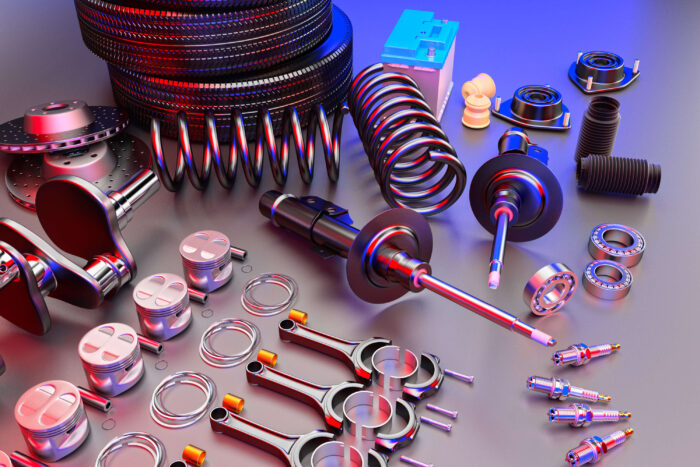
A common misconception is that you might not find the specific part you need in the used market. While it’s true that some are harder to find, especially for very old or rare vehicles, the used product market is vast and diverse. With the rise of online shopping, finding the exact part you need has become easier than ever. Websites like eBay Motors, Craigslist, and specialized auto components stores have extensive inventories.
Furthermore, many salvage yards are part of a network where they can inquire about a part from other yards across the country. This interconnected system increases the chances that you’ll find what you’re looking for.
7. Warranty and Return Policies
There’s a prevalent belief that used ones come without any form of warranty or guarantee. This isn’t always the case. Many reputable salvage yards and used parts dealers offer warranties ranging from 30 days to a year. These warranties typically cover the functionality of the part but not the installation costs. Always ask about the return policy and warranty before making a purchase. This can save you from future headaches if the part fails to perform as expected.
8. Compatibility and Performance
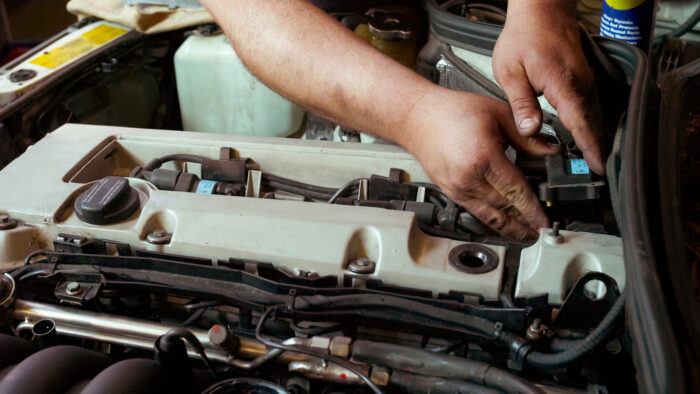
A common fear is that used ones won’t perform as well as new ones. While it’s crucial to select the right part, a properly sourced used component can perform on par with a new one. The performance largely depends on the part’s origin and condition. For instance, a transmission from a car that was well-maintained and had a low mileage can work as efficiently as a new one if it matches your vehicle’s make and model.
9. Historical Baggage
Some buyers worry that used products might bring along their past problems to the new vehicle. This is only a concern if they are not adequately tested. Reputable dealers conduct thorough checks and refurbishments if necessary. This ensures that the parts you buy will not carry over any ‘historical baggage.’ It’s important to inquire about the testing and refurbishment processes when purchasing.
10. Aftermarket vs. OEM

There’s a debate between choosing OEM (Original Equipment Manufacturer) used and aftermarket parts. OEM ones are made by the vehicle’s manufacturer and guarantee a perfect fit and optimal performance. Aftermarket products, however, may offer more variety and lower prices. Used OEM parts provide a middle ground, offering manufacturer assurance at a lower cost, often making them a preferable choice for many.
11. Insurance Concerns
Another myth is that using used parts can affect your car insurance. This isn’t necessarily true. Most insurance companies cover the use of used parts for repairs as long as they are like-kind and quality. It’s always best to check with your insurer to understand their policies regarding used parts and ensure you’re covered.
12. The Rarity Factor
For classic or older vehicles, finding new parts can sometimes be impossible, making used parts not just a better choice, but often the only choice. This necessity has given rise to a vibrant market specializing in rare and vintage parts. Enthusiasts and restorers often turn to specialized dealers or even international sources to find these gems.
13. Future Availability
A lie that circulates is that the rise of new technologies and electric vehicles will diminish the availability of used parts. On the contrary, as more vehicles come onto the roads and eventually reach the end of their life cycle, the inventory of used parts grows. The market adapts to changes in technology, with salvage yards beginning to stock parts for hybrid and electric vehicles as well.
Expertise Needed
Finally, there’s a notion that you need to be an expert to shop for used parts successfully. While having some knowledge certainly helps, many resources are available to assist you. Many online sellers provide detailed guides, and customer service can help verify compatibility. Furthermore, forums and communities of car enthusiasts are valuable resources where advice and experiences are shared freely.
These additional insights round out a fuller picture of the landscape of used auto parts, highlighting that with the right knowledge and sources, you can navigate this territory effectively. Whether it’s saving money, acquiring hard-to-find parts for older cars, or making an environmentally friendly choice, the world of used auto parts offers substantial benefits that shouldn’t be overlooked.

